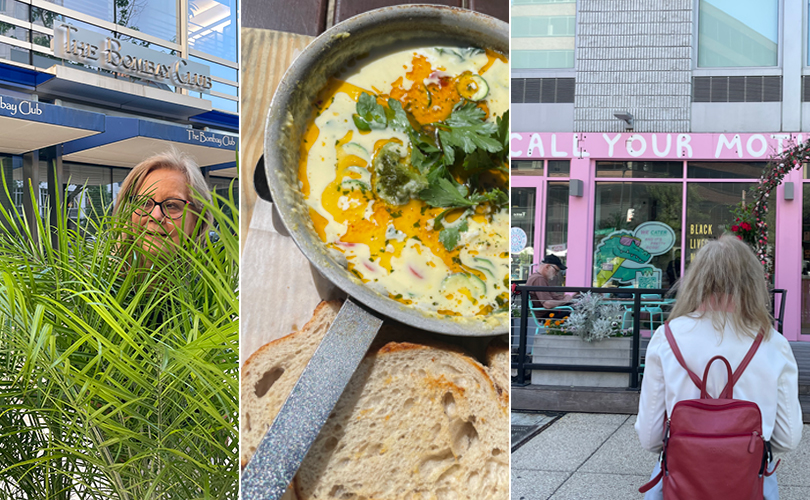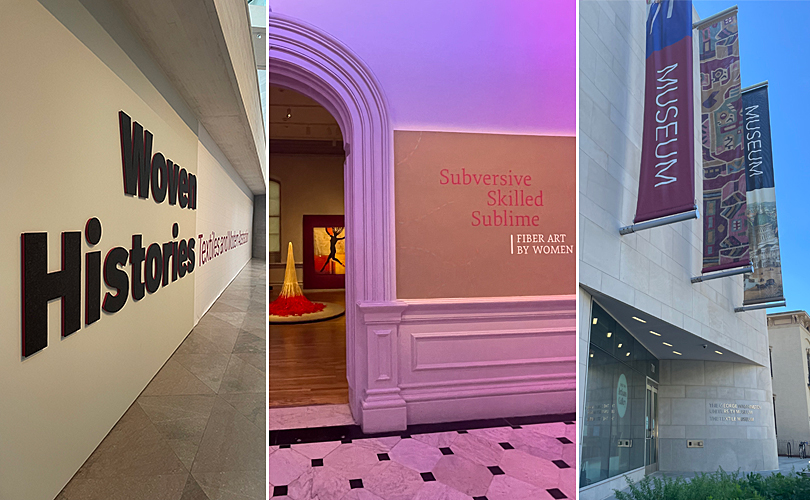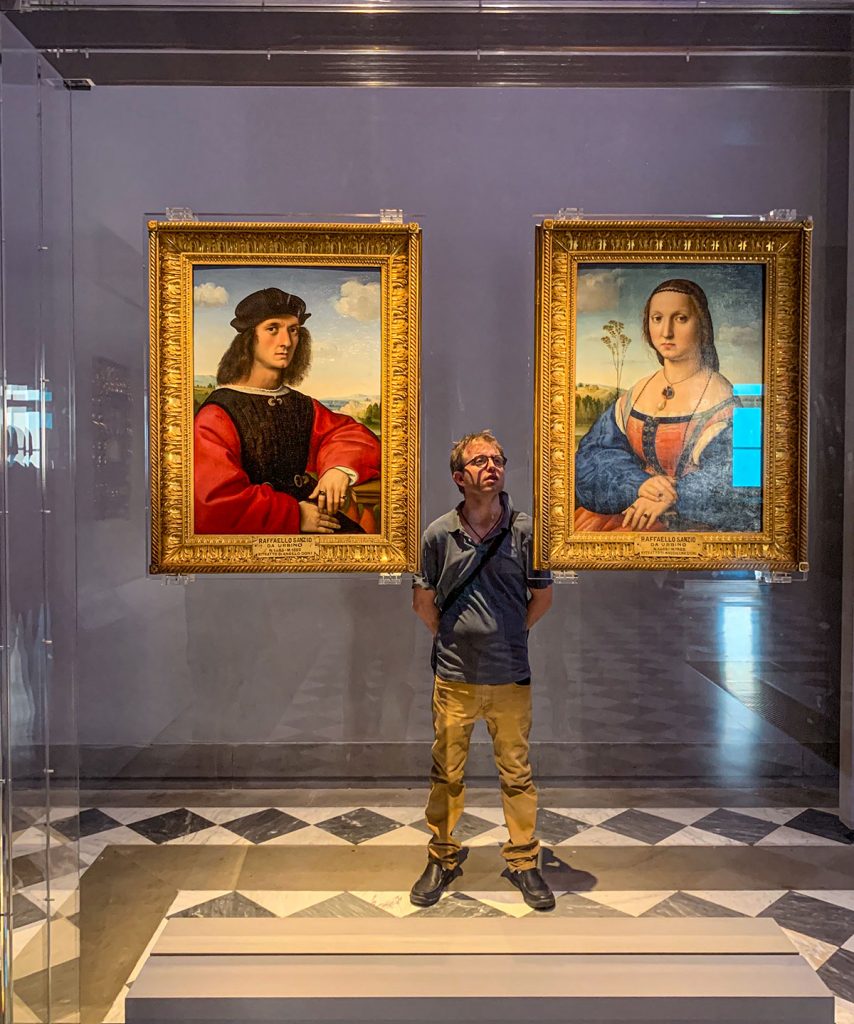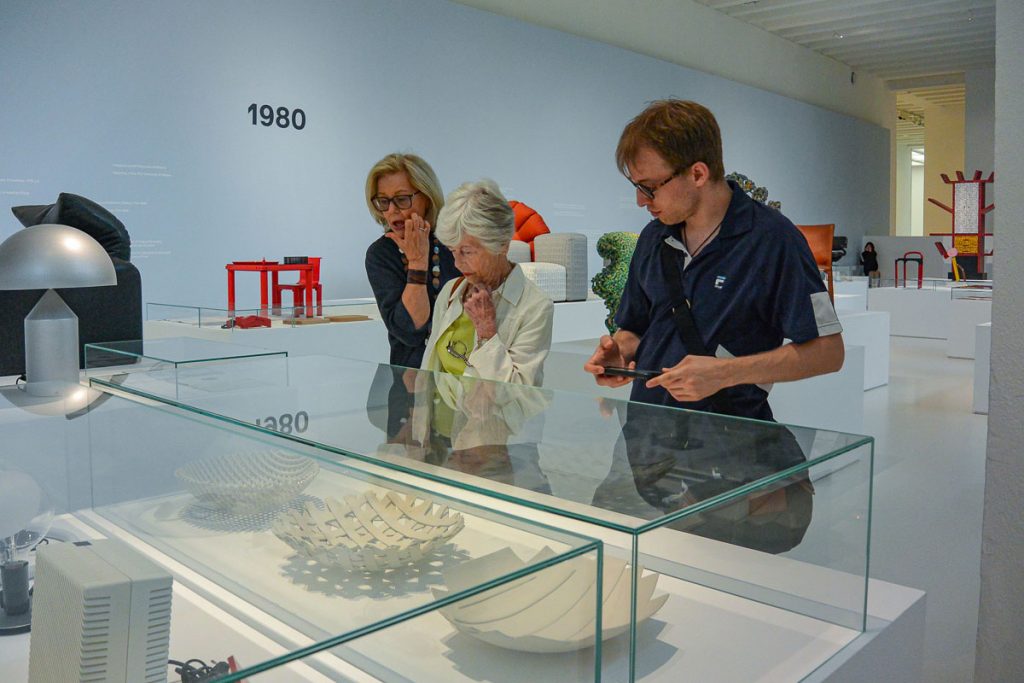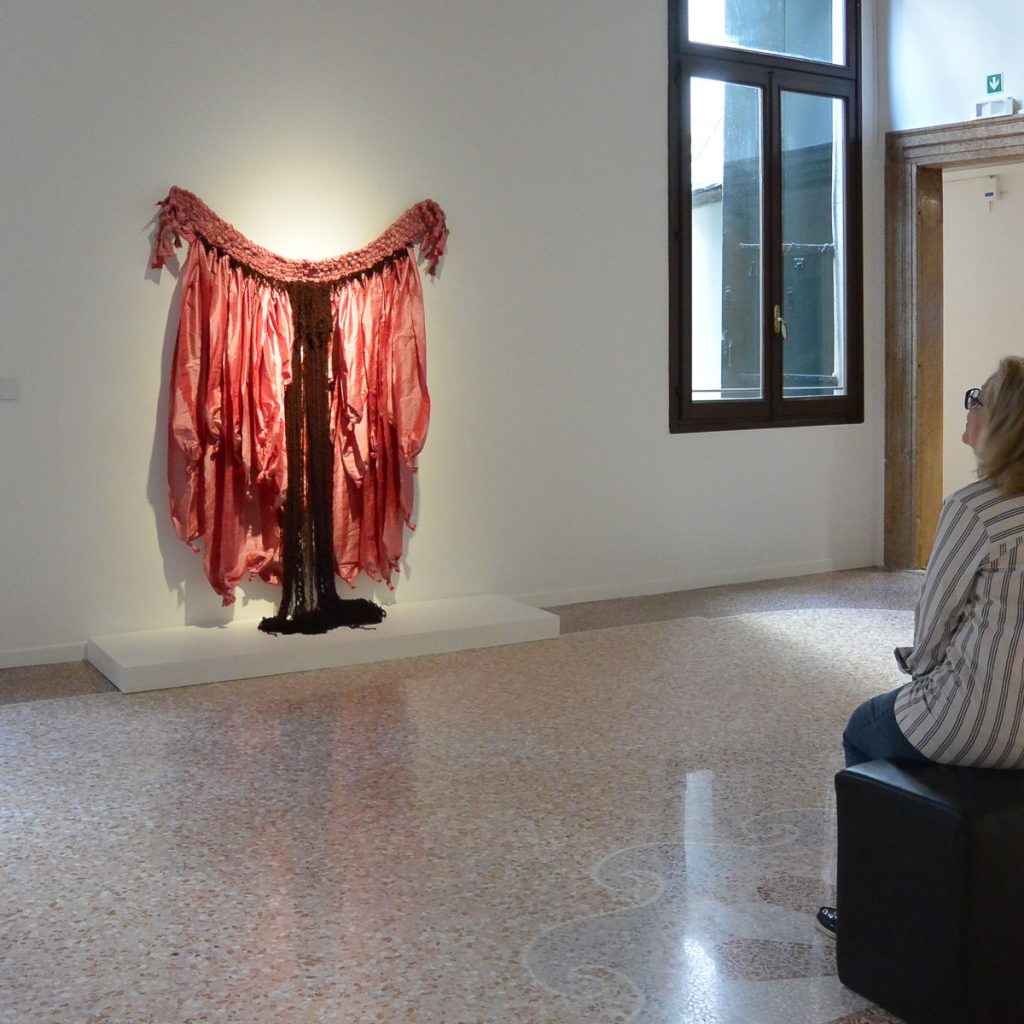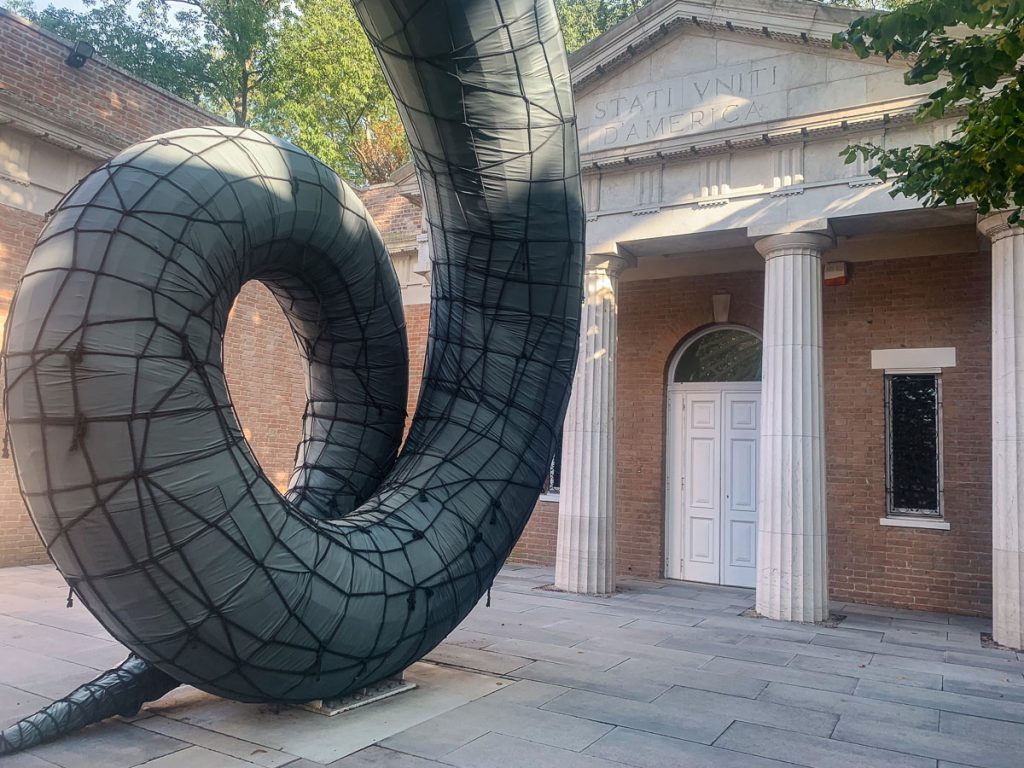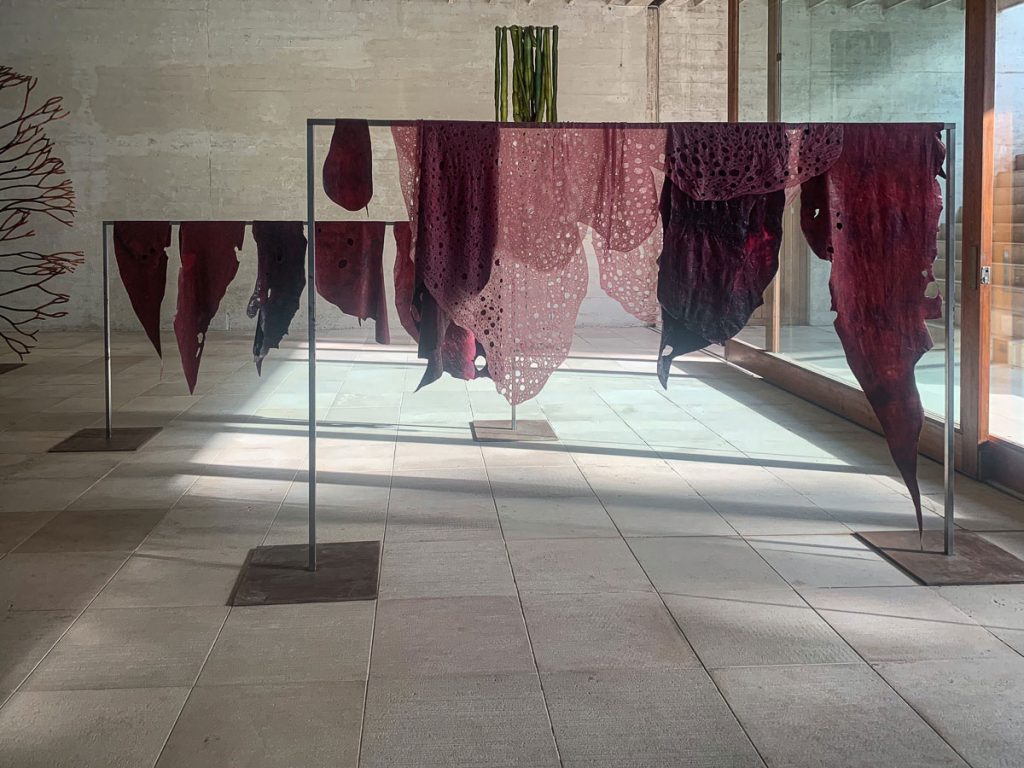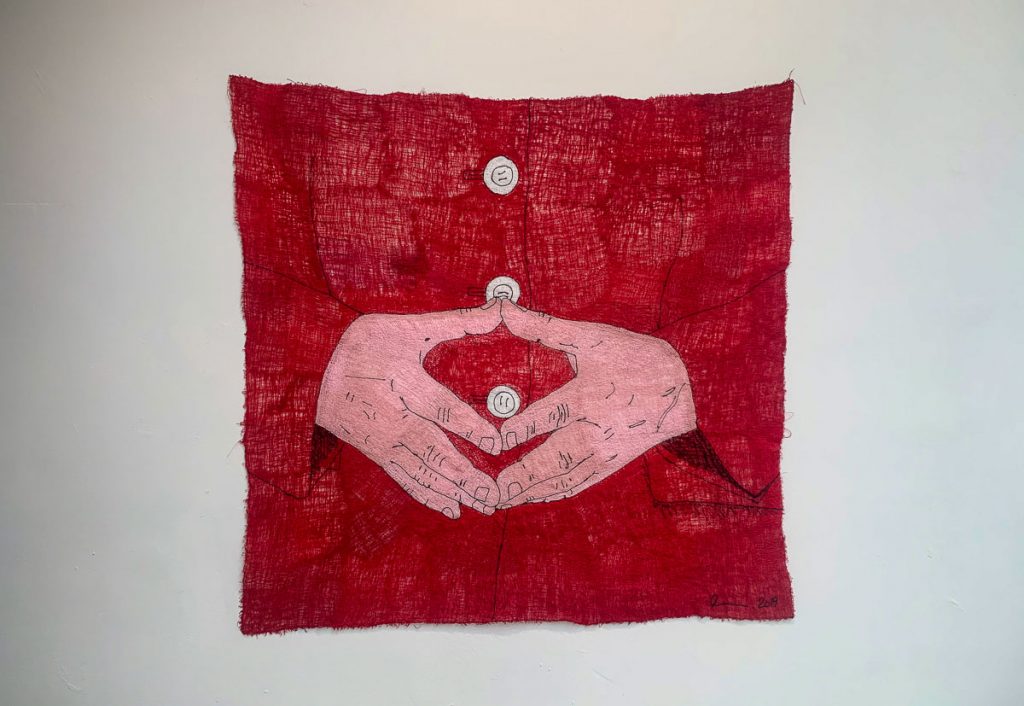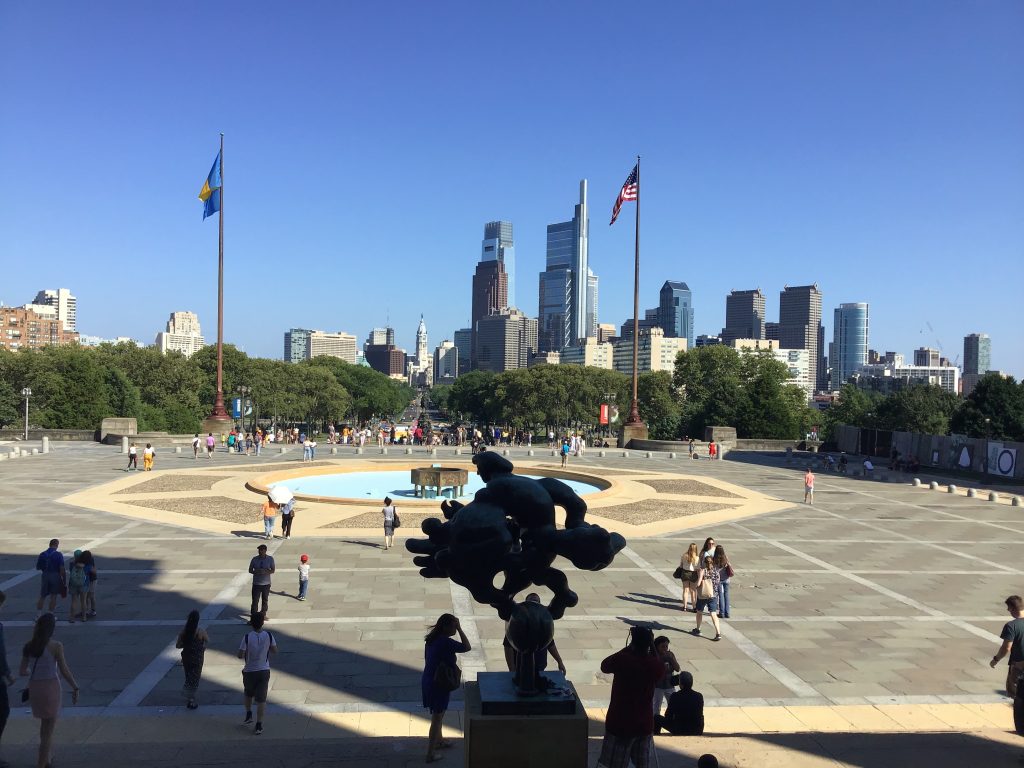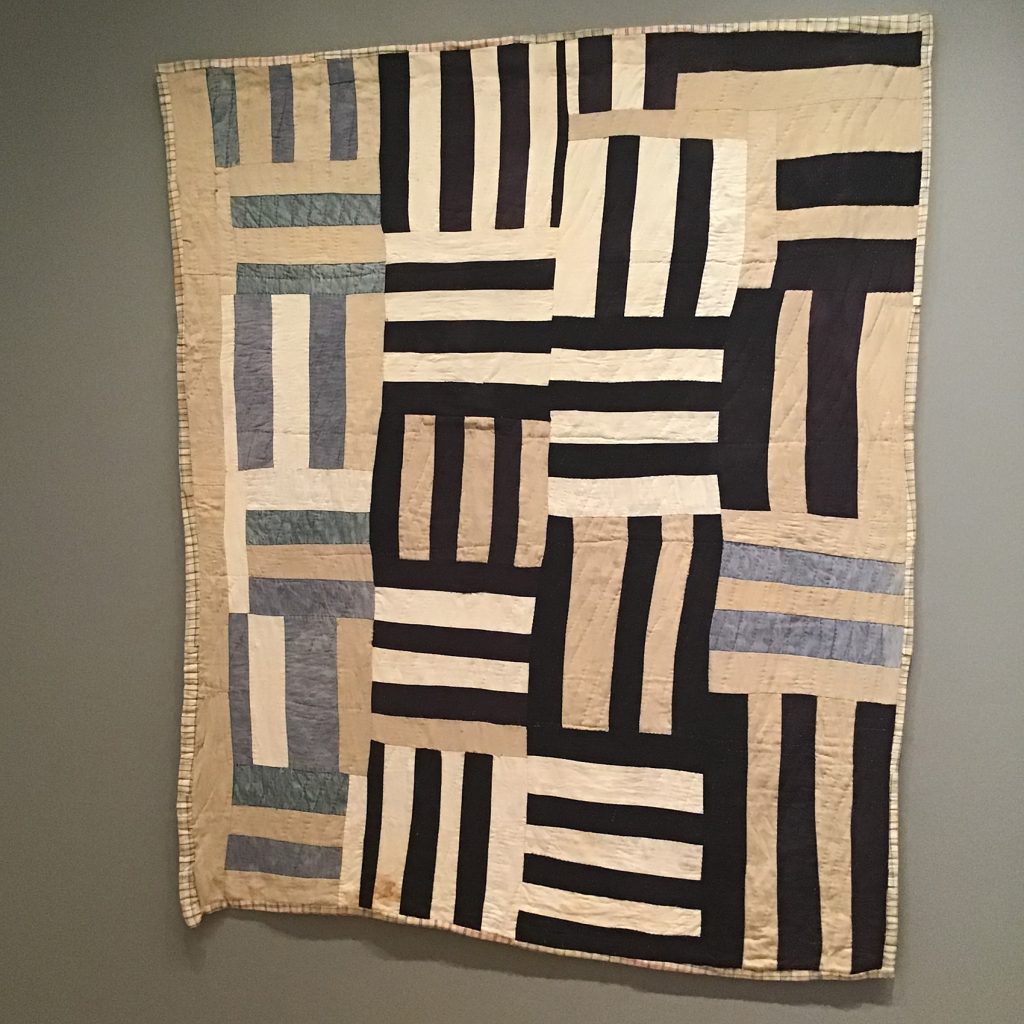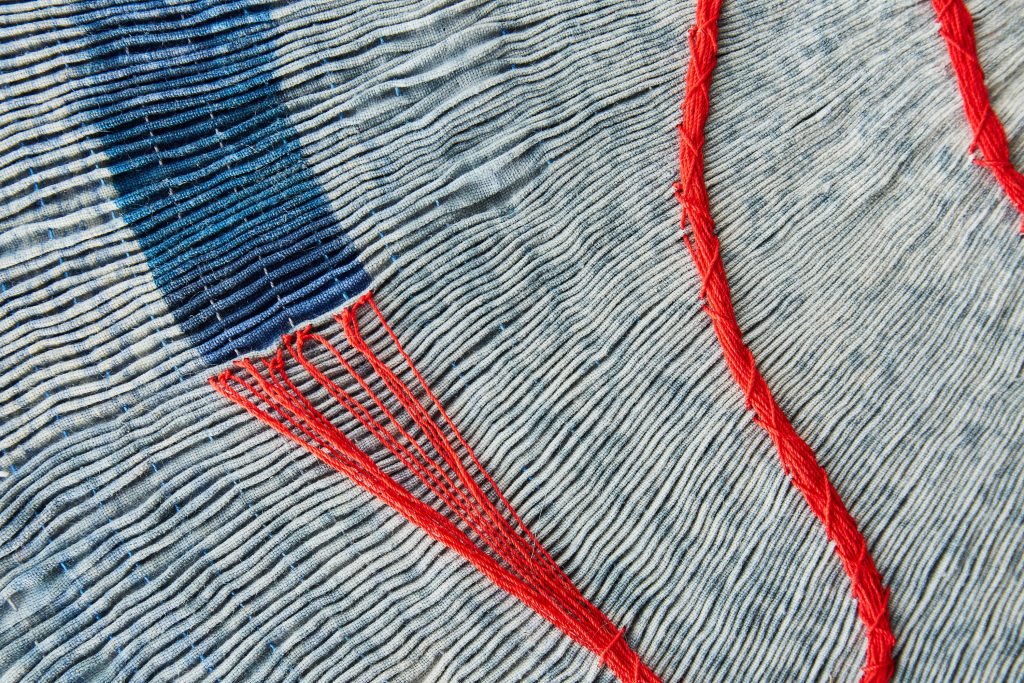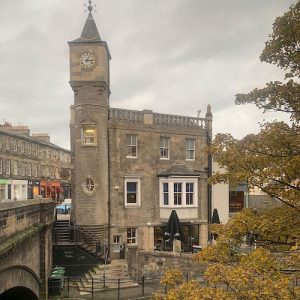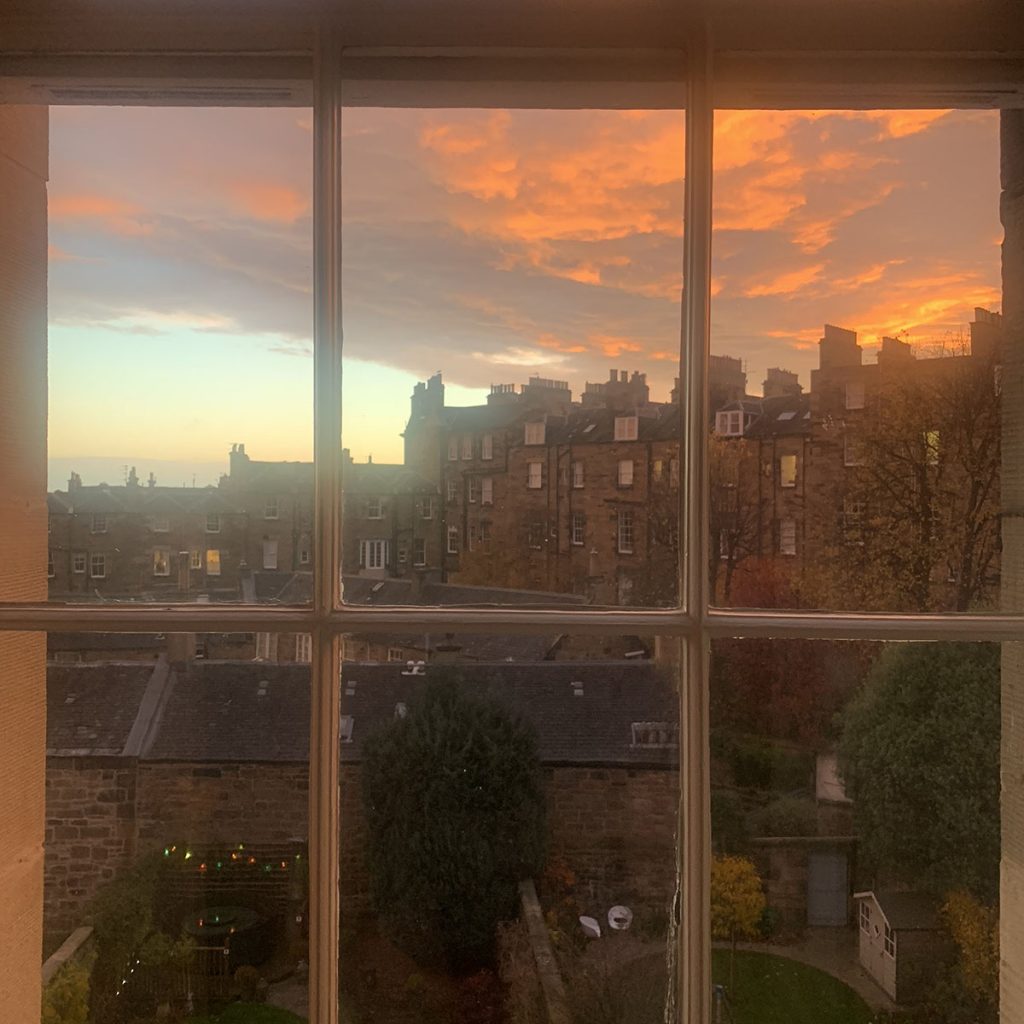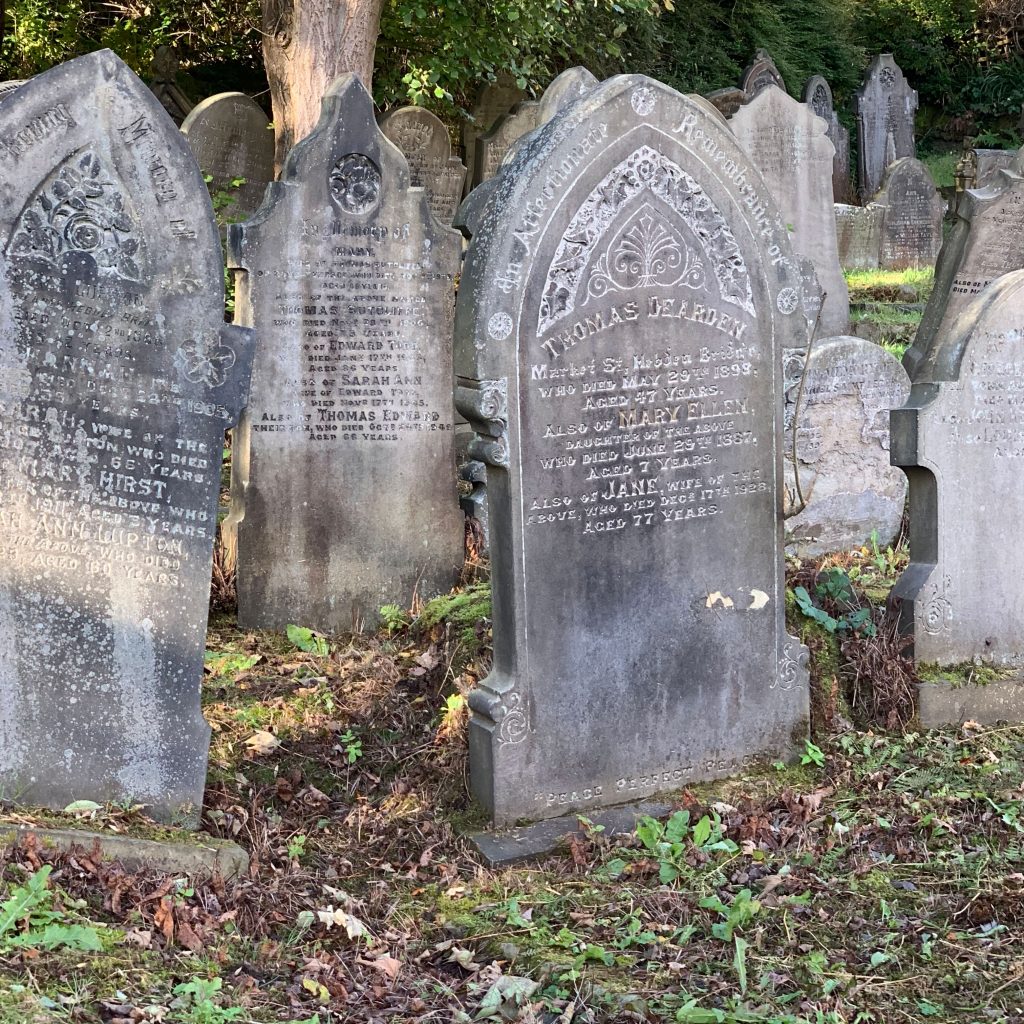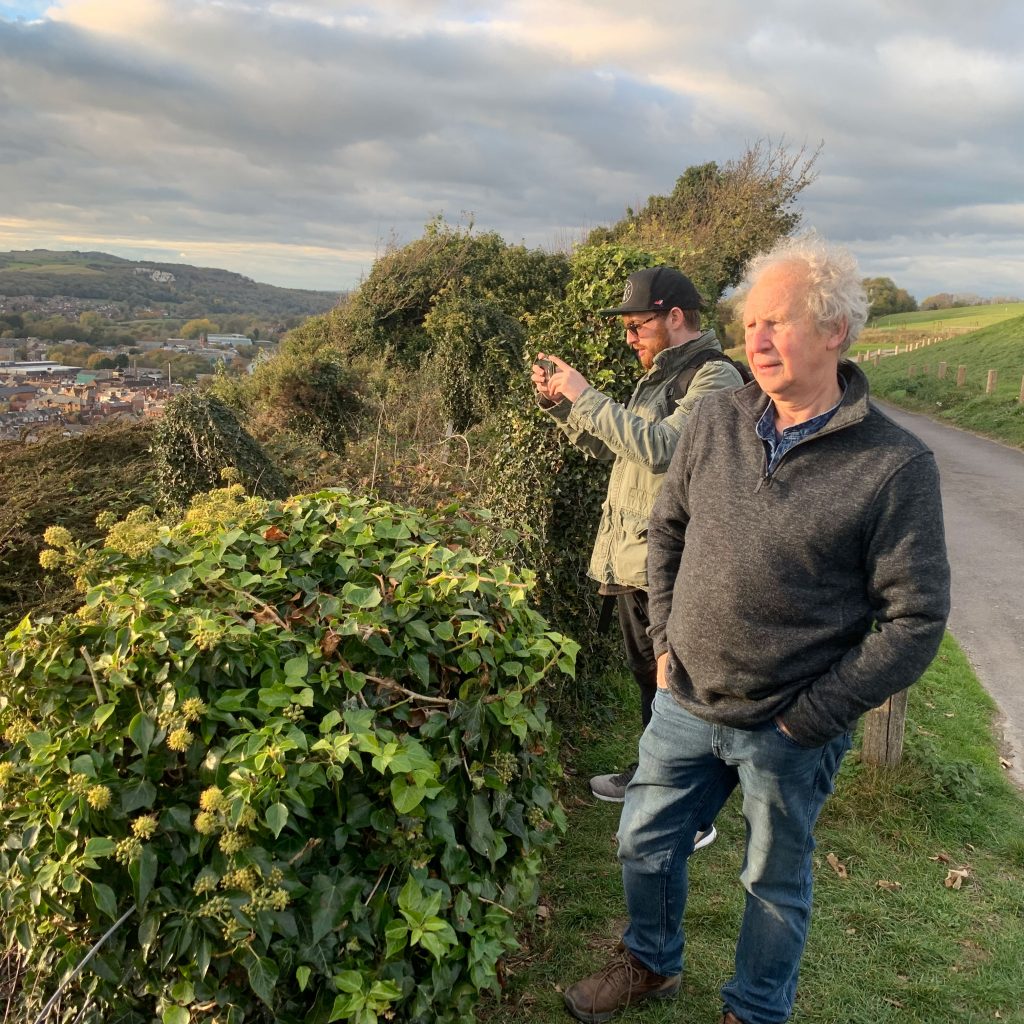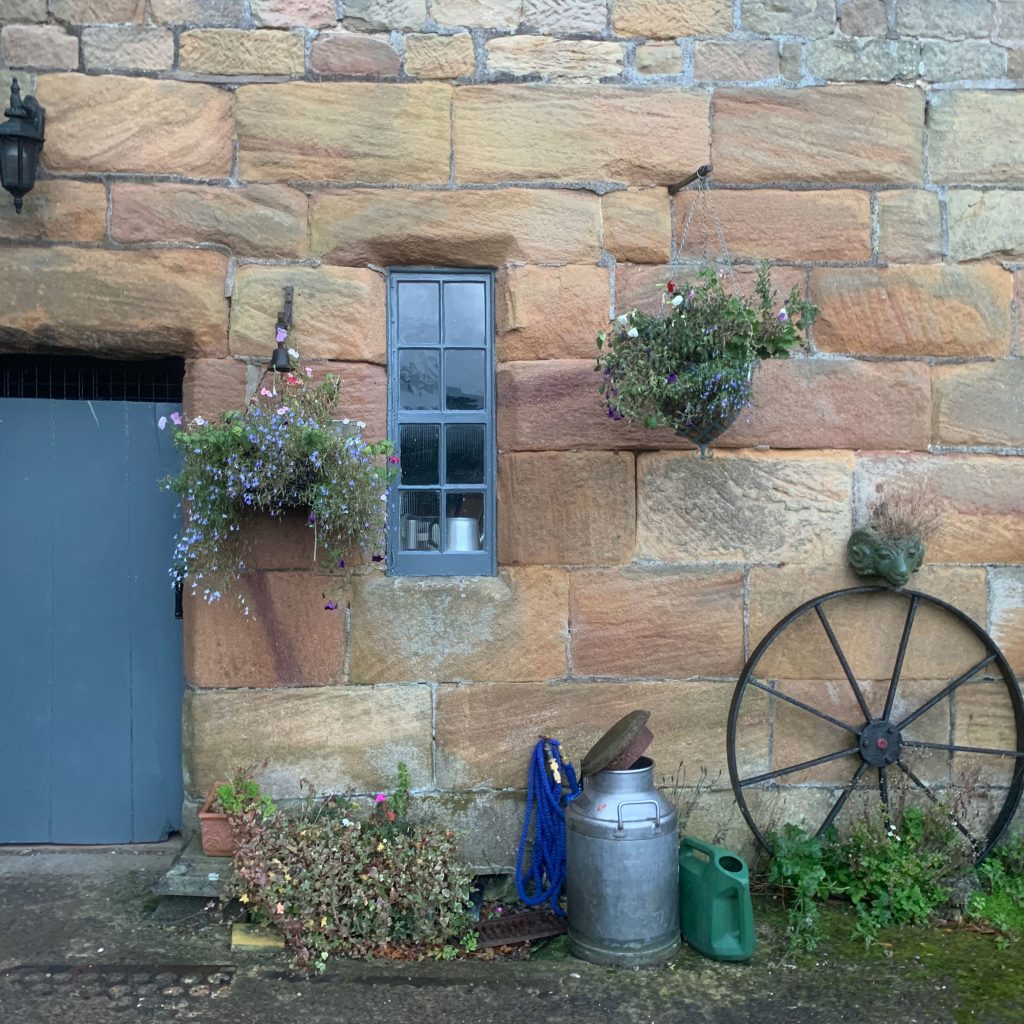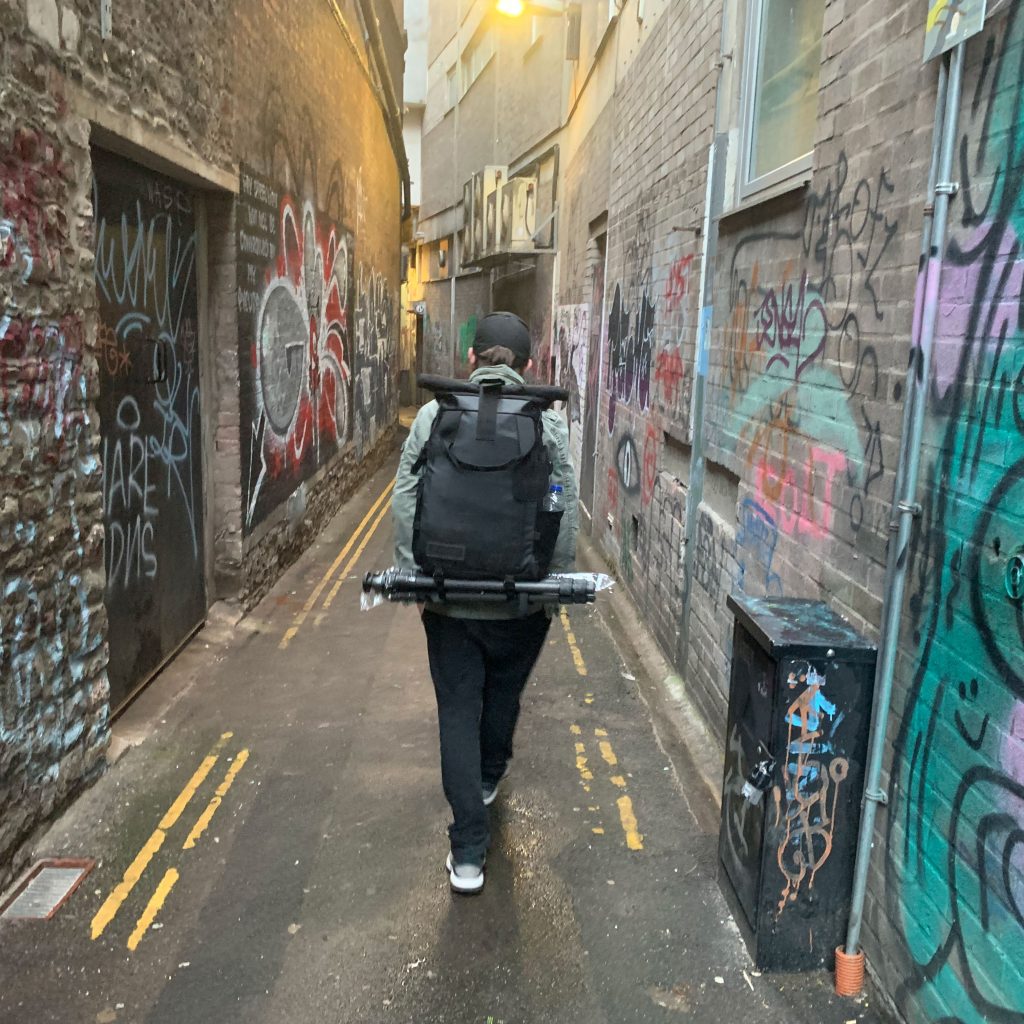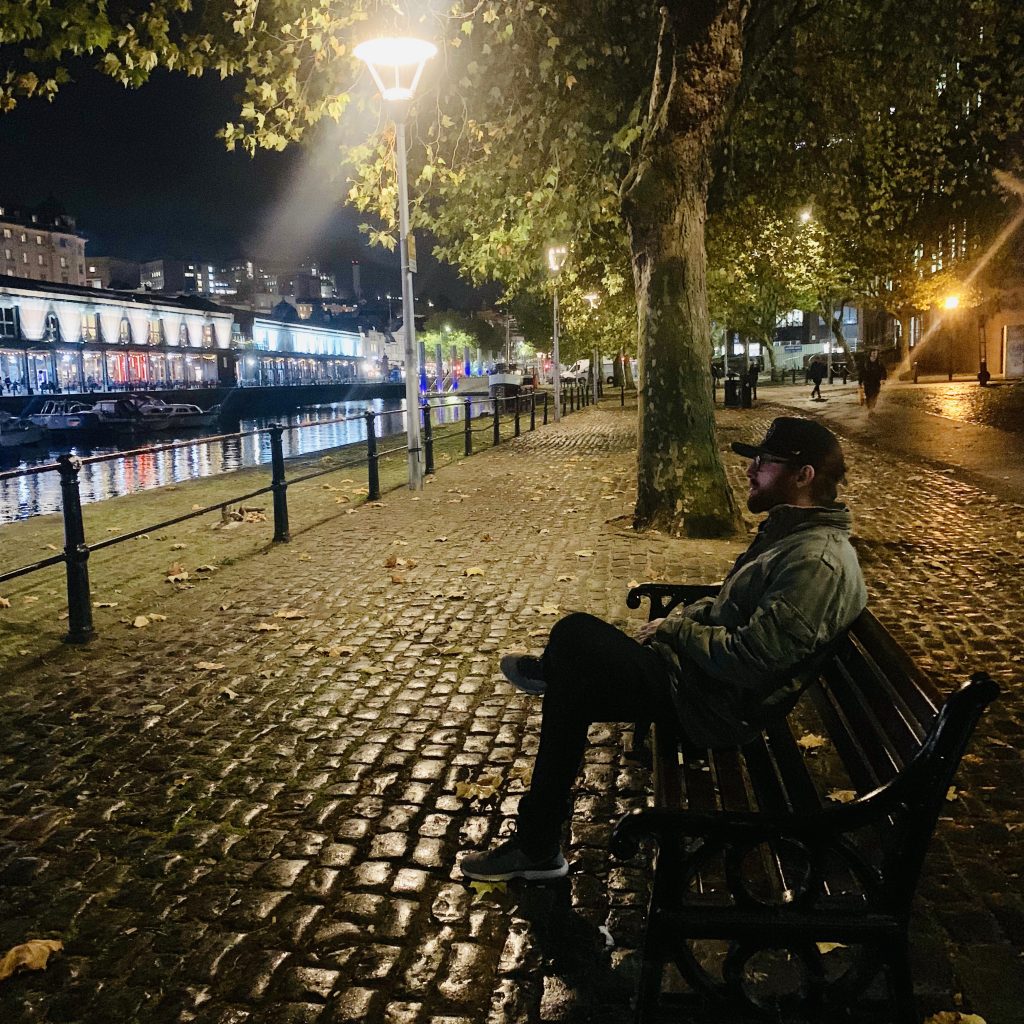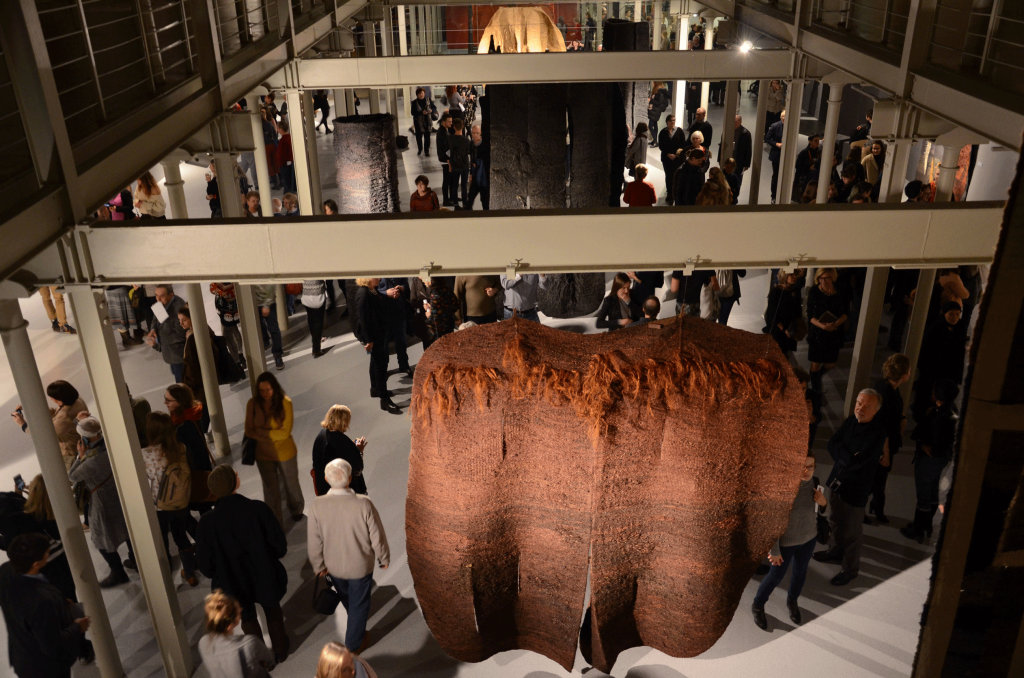
Tom and Carter Grotta and I (Rhonda Brown) had the opportunity to travel to Paris last week for art-related activities. We were on a mission — we wanted to restart our project photographing artists in their studios. We had traveled to visit several artists in the US, and several more in Great Britain, Scotland, Belgium, and the Netherlands when the project was derailed by the pandemic.

This year, we thought we’d start slow — we’d meet Florence and Paul Bernard, Simone Pheulpin’s remarkable gallery representatives in Paris, visit Simone in her studio just outside the city, take in the Olga d’Amaral exhibition at the Cartier Foundation before it closes on March 16th, and experience the endless visual and epicurean delights of the city.

The Olga de Amaral exhibition was as glorious as advertised.

We were graciously feted by Florence and Paul Bernard at the annex of Maison Parisienne, Simone Pheulpin’s Paris gallery and at a memorable dinner with Florence, Paul, Simone and François Bernard, and at Simone’s home/studio the next day.

In between, we enjoyed traveling again and the charms of Paris.
We took in the sites — the Louvre, Montmarte, Marais, Musée des Decoratifs, the Seine, and the delights of endless exceptional architecture and design at every turn
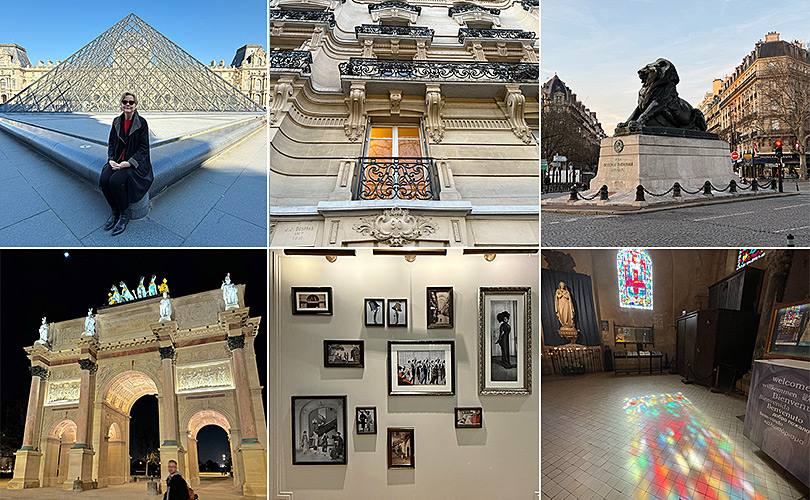
As we do on all trios, we looked for fiber art and fiber-related and fiber-inspired items.
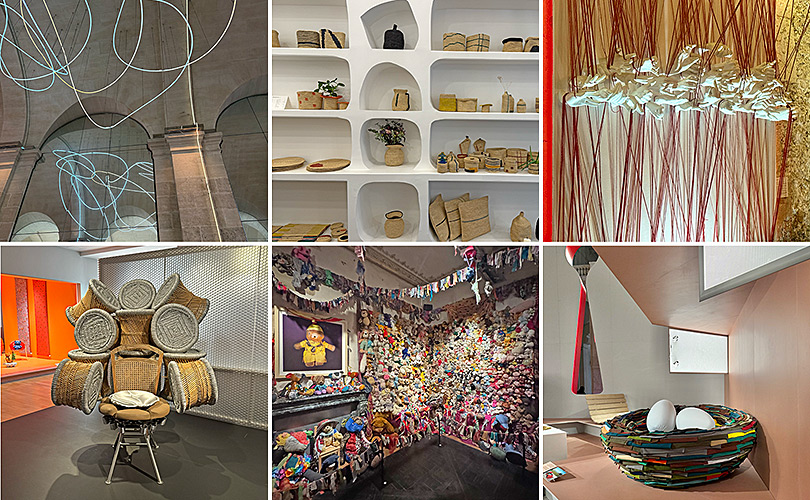
And we totally immersed ourselves in French cuisine.

Nous avons vécu aventure exceptionelle!


